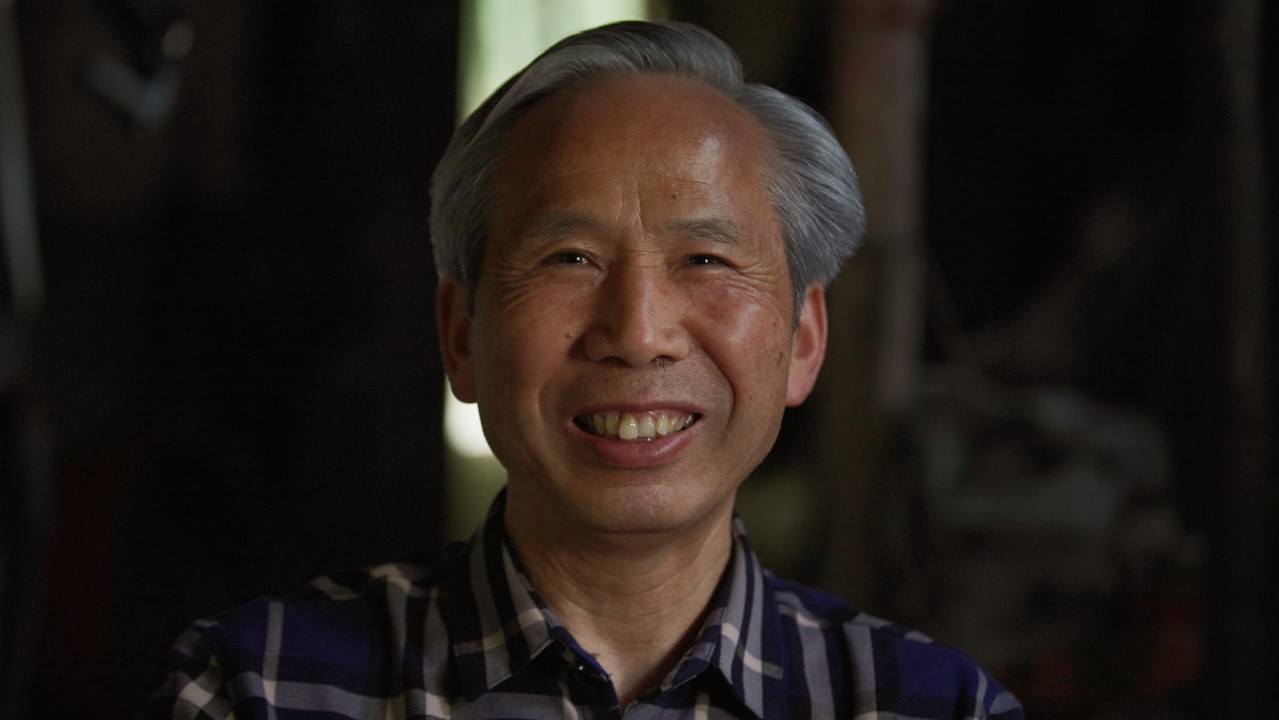The second and third -level public hospitals start the "National Examination", and medical institutions strengthen their capacity building
Author:Jilin Daily Time:2022.09.30
Strengthening the capacity building of medical institutions is an important part of deepening medical reform. On the 28th, the National Health and Health Commission held a press conference to specifically introduce the situation of medical institutions since the 18th National Congress of the Communist Party of China.
New mechanism of public hospital operation
Jiao Yahui, director of the National Health and Health Commission Medical and Health Management Bureau, pointed out that since the 18th National Congress of the Communist Party of China, public hospitals have strengthened the "three changes and three improvements" to strengthen party building, clinical specialty capabilities and talent team building, and use a new mechanism for public hospital operations to operate a new mechanism for operation. In order to promote the deepening of the reform of the medical and health system.
"Three changes" refers to the transformation from the expansion of the development method from the expansion of the scale to the improvement of quality and efficiency. The operating mode has transformed from extensive management to refined management. Resource allocation has shifted from the factors that focus on material elements to the elements of talent technology. "Three improvements" means improving the quality of medical services, improving the efficiency of medical services, and improving the enthusiasm of medical staff.
"We use the" National Examination "as a command stick to continue to promote the high -quality development of public hospitals." Jiao Yahui introduced that the second -level public hospital and the third -level public hospital launched a full -coverage performance assessment. Essence
She pointed out that through years of hard work, hospital management has continuously improved, and the overall medical service quality and medical safety status have continued to improve. The goal -oriented quality improvement work has achieved significant results.
Multiple measures to improve medical services
It is understood that a series of measures such as reservation diagnosis and treatment, multi -disciplinary diagnosis and treatment, clinical path management, high -quality nursing services, day surgery, and analgesia have also been promoted nationwide.
According to incomplete statistics, so far, public hospitals above 50%of the country have conducted appointment diagnosis and treatment services, and more than 4,800 hospitals can provide accurate submissions for appointment and treatment. More than 2000 hospitals provide multi -disciplinary diagnosis and treatment service models. Nearly 60%of the third -level public hospitals, and 36%of the second -level public hospitals conducted daytime surgery, and more than 700 directory recommended by the national first -class national level.
"A long -term prescription is prescribed in patients with primary medical institutions for patients with chronic diseases, that is, a prescription can be extended to two or three months, reducing patients with chronic diseases who have long -term medication to travel between medical institutions and families." Jiao Yahui pointed out, especially, especially During the epidemic, long -term prescription policies benefited more patients with chronic diseases.
Jiao Yahui mentioned that the pilot work of childbirth analgesia also achieved a very good social effect. The analgesic rate of pilot hospitals rose from 28%in 2017 to 53%.
The "Five Centers" -The chest pain center, stroke center, trauma center, high -risk maternity cure center, high -risk children and newborn treatment centers, as the focus of improving emergency emergency response capabilities, played an important role in saving patients' lives. At present, there are more than 14,000 "five centers" in the country.
At the same time, the construction of remote medical services and smart hospitals has been continuously advanced, and Internet technology is used to extend medical services time and space, so that high -quality medical services can go to patients. In addition, focus on strengthening children's medical and health services and strengthen the treatment of children's serious illness; solve the problem of "digital gap" in the process of seeking a doctor for the elderly; treat the treatment of rural poor people as an important part of health poverty alleviation, and enhance "one old and one poverty". Wait for the disadvantaged group to seek medical treatment.
Source: China News Network
- END -
The documentary "Village Ten Years" was broadcast, focusing on the life experience of ordinary farmers

The fishermen of the east of Fujian built dreams on the earth. The farmers of the ...
People's army, happy birthday!Guangzhou Tower Light to pay tribute to the people of the people

On the evening of July 30, the red propaganda slogan Love my people and love ou...